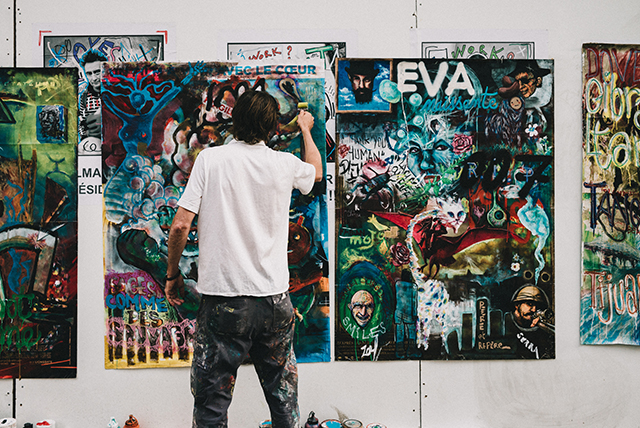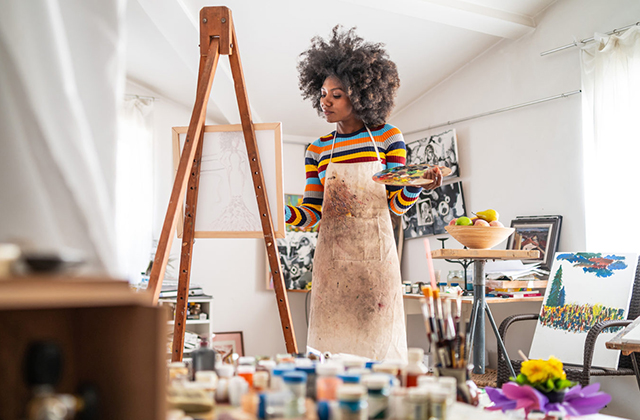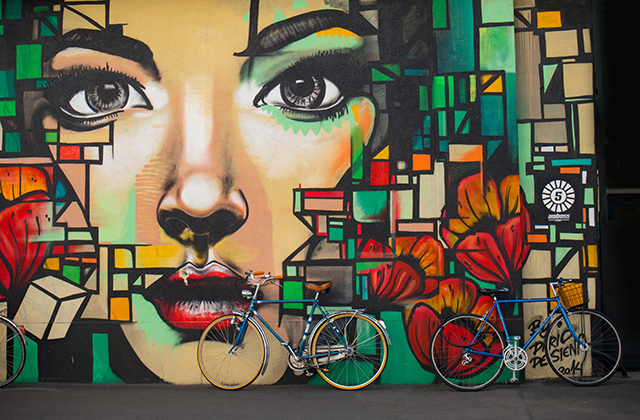If you’re considering a career in filmmaking, is going to film school really worth it? If you are into filmmaking using a tv storyboard could help a lot.
All throughout high school, I heard about the benefits of film school. From my classmates to my teachers, everyone was telling me it was a must for anyone who wanted to work in the movie business. I didn’t listen, though. Instead, I went to college and graduated with a degree in journalism. But when I graduated from college, I had no idea what I was supposed to do with a liberal arts degree. I had never even so much as touched an SLR camera before.
I had always been interested in storytelling and writing, but I didn’t know how to translate those interests into a viable career option that could sustain me financially. So naturally, when someone suggested that I should look into becoming a film critic, I immediately knew that it was what I wanted to do with my life.
As soon as I started looking into the idea of being a film critic or writer in general, the first thing everyone kept telling me was “Go to film school.” There were many different stories about how people had used their years at film school to get jobs on movies and television shows—but these people all seemed to have one thing in common: they all got into film school.
There are a lot of reasons why you might choose to go to film school. Perhaps you want to be a director, or a producer, or maybe even an actor. Maybe you just love film, and want to learn as much about it as possible. Whatever your reason for going, it’s important to remember that film school is not just about learning the technical aspects of filmmaking – it’s also about developing the skills you need to navigate your career in the industry and the lifelong relationships with other students and professors that will come in handy throughout your life. In this brief, we’re going to discuss some of the most important things to consider when deciding whether or not film school is right for you.
Why go to film school? For some people, the answer is obvious. If you’re already in love with telling stories, or want to become a part of an industry that’s going to continue to be a major force in our culture for the foreseeable future, or if you want to exercise your creativity on a daily basis… then yes: why wouldn’t you go?
Lucky for you, film school can be an invaluable resource for any of those things. But let’s back up: what is film school? It’s not just one thing. At its most basic level, it is a place where students are immersed in films and filmmaking, but there are many different kinds of film schools—public universities, private universities (including art schools), vocational schools that teach specific skills and equipment along with the artistic knowledge necessary to use them well, and massive trade schools known as “film academies” that focus on making students employable as quickly as possible.
There are pros and cons to each kind of school, and it can be confusing to know which one is right for you. That’s why we’ve put together this list of questions to help you figure out which kind of film school is best for your goals—and what sets it apart from the competition.
When I decided to go to film school, my parents disapproved. They warned me that I was going down a path of high tuition and low employment prospects, and they said it would be better for me to just work in a real job for a few years instead.
Contrary to their initial objections, however, I am proud of my decision to pursue this degree. There are many reasons why film school is a good idea, and here are just a few:
-I get to study with other people who are as passionate about movies as I am
-I can learn from some of the best professors in the country
-The lessons learned in film school are applicable to jobs in a variety of fields besides filmmaking
-Film school is incredibly helpful for learning how to work with others
-Attending film school has given me a lot of opportunities to improve my skills by working on projects outside the classroom.
When you ask someone who works in a creative field why they went to school to study their craft, you’re likely to get a different perspective than if you asked someone who worked on the business side of things. As a director or producer, for example, you want to learn about how the industry works: what contracts are needed for insurance purposes, how to talk to crew members and cast members, what the difference is between shooting in HD and Super 16. The most valuable lessons often come from the business side of things—and film schools do a wonderful job of giving you that kind of information.
There’s an undeniable element of luck when it comes to getting your foot in the door as a filmmaker. You’ve got to be in the right place at the right time, and with enough skill to impress people. But even if you are lucky enough to get that chance, there’s no way of knowing what will happen next. You could end up working on something amazing, or you could find yourself doing grunt work for years until you finally have the chance to make your own movie.


